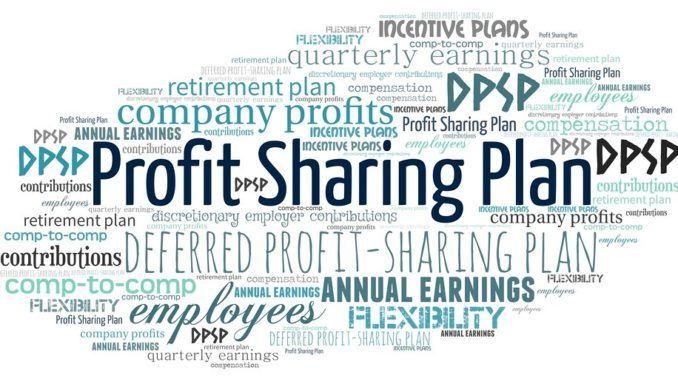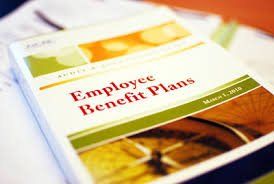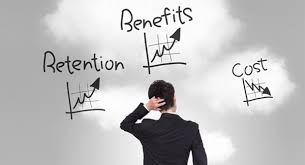Deferred Profit Sharing Plans (DPSPs)
- By Bajus Financial Partners
- •
- 08 Jun, 2020
- •
The Rodney Dangerfield of Group Retirement Plans

So, let’s get into the details of DPSP’s. First of all, I think that the name scares some employer’s off when it shouldn’t. Some look at the the “Profit” part in the name and, in our opinion, read too much into it. They think that “oh, if I have a year when I don’t have a profit I won’t be able to contribute into the plan”, which isn’t true. CRA’s Information Circular 77-1R5 states that “Profits can be defined either as profits of the year or of previous years that have not been allocated.” That is a pretty broad definition, and frankly, I don’t think CRA is paying any attention to whether companies that have DPSP’s are profitable or not because there is no income tax advantage to contributing to a DPSP versus just an RRSP or a pension plan. In our over 30 years selling DPSP’s we’ve never had a client be asked by CRA whether they are profitable. DPSP’s are just another tax sheltered option for employer’s to contribute $ into for their employees, like RRSP’s or Pension Plans. The plan can be set up with a plan design similar to a Group RRSP where contributions are made as a % of the employee’s earnings, or as a fixed $ amount, or as an actual % of profits.
Here are some facts about DPSP’s that make them unique:
- Only employer contributions can go into a DPSP.
- The contribution limit is ½ of the Money Purchase Pension limit, for 2020 the DPSP limit is $13,915
- Contributions to a DPSP, are not considered a taxable benefit. Instead, like pensions, the amount contributed to an employee’s DPSP plan gets shown on their T4 as a Pension Adjustment which reduces the employee’s RRSP contribution room for the next year.
- With DPSP’s an employer can have a “vesting period” of up to 2 years. Vesting refers to when an employee owns the Company contribution, and this is a huge feature for some employers because with RRSP’s and pensions there is immediate vesting. Don’t want to reward an employee that joins your competitor after working for you for a year? Have a DPSP with a vesting period and those contributions the Company made for that employee will stay with the plan and can be used to reduce future contributions.
- Employers decide whether to have withdrawal restrictions on the plan or not.
- Most employers that have a DPSP also have an RRSP that is used for employee contributions.
- When a company has a DPSP plan and one of the members leaves or retires the fully vested DPSP $ can be moved to their RRSP, or cashed out subject to tax.
- Company owners (who directly or indirectly own more than 10% of the Company) can’t contribute to a DPSP. We make sure there is a Group RRSP to contribute to if the owner wants the Company to contribute to a plan for him or her.
- Really the only potential drawback we see for a DPSP as compared to a Group RRSP is that DPSP’s aren’t eligible for withdrawals under the Government’s RRSP Home Buyer’s Plan or Lifelong Learning Plan.
Ask us whether a DPSP is right for your Company!


























